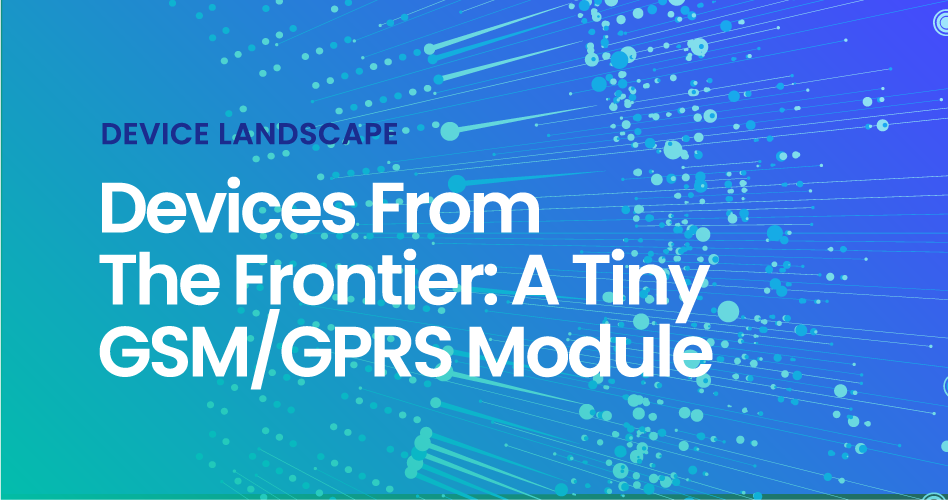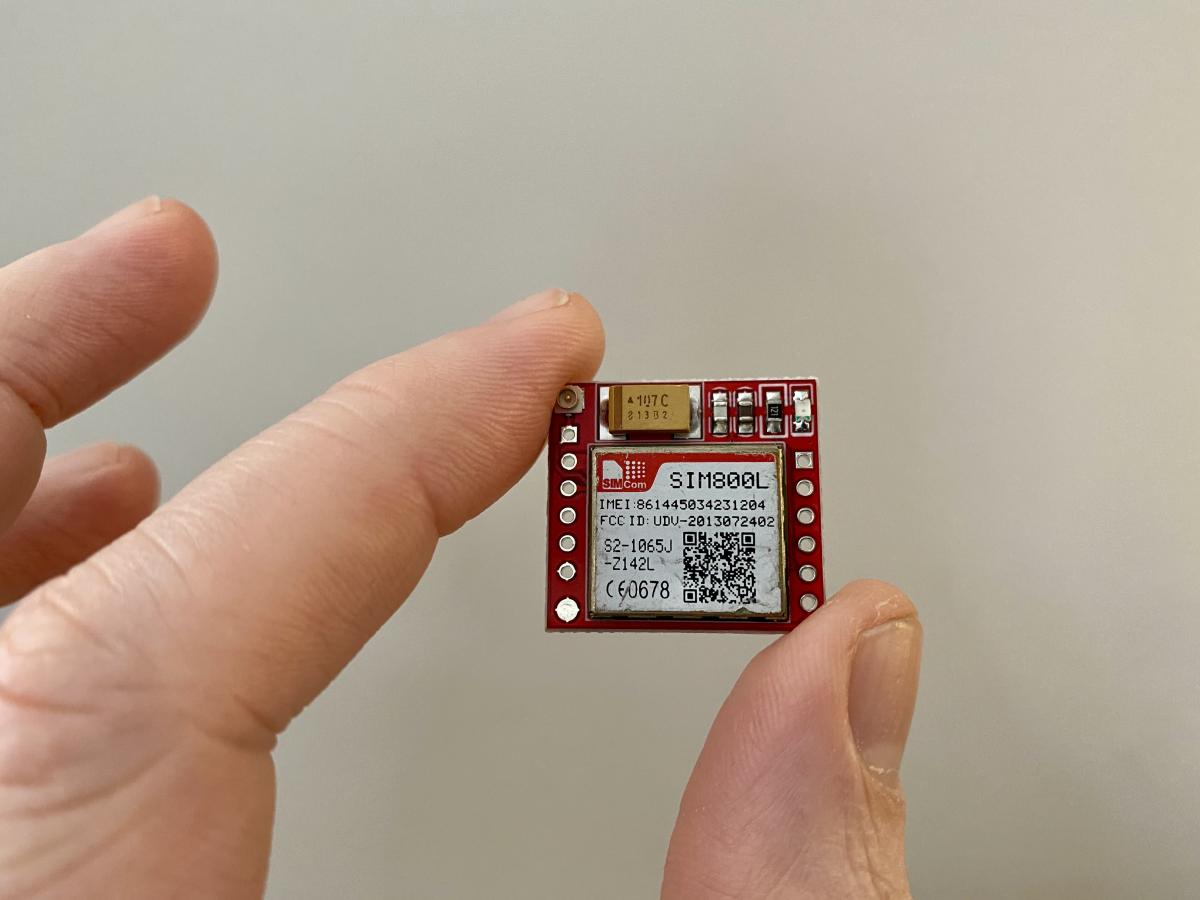
At DeviceAtlas part of our role is to map out the device landscape so that our customers don't have to.
In performing this role we come across our fair share of curious devices. We post some of the more interesting of these on our blog. Today's device is a tiny GSM & GPRS module designed for embedding in other devices for the purpose of adding cellular or IP connectivity.

Here's the back side, showing the nano SIM slot:

This module is available singly for the princely sum of €1.40, decreasing to about €0.30 if puchased in bulk. It includes two antennae and some pin connectors to make it easy to solder onto other PCBs. What can it do? Quite a lot actually:
- Quad-band GSM
- Make and receive voice calls
- Send and receive SMS messages
- Send and receive TCP/IP data
- Scan and receive FM radio broadcasts
Obviously power and other external components are required to make this device work, but the point is that the cost of connectivity hardware is rapidly approaching zero. Devices like this one are enabling the IoT by making connectivity so cheap to add that it would seem short-sighted not to. At this cost level it's conceivable that you might find a free giveaway IoT device at the bottom of your Cornflakes box.
How can mobile operators measure the prevalence of devices like these on their networks? Its TAC is 86144503 so looking this up with Device Map, developed in partnership with the GSMA, you can determine what this is when it joins your cellular network. Here are some of the details that Device Map can provide about this device:
| Property | Value |
| Primary hardware type | Embedded Network Module |
| Manufacturer | SIMCOM Wireless Solutions Co Ltd |
| Model | SIM800L |
| Removable UICC | 1 |
| 2G | True |
| 3G | False |
| 4G | False |
| 5G | False |
| Voice over cellular | True |
| WiFi | False |
| GPRS | True |
While this information isn't enough to fully ascertain what the device is, mobile operators will at least have a good idea of what is going on—this clearly isn't a phone or tablet. And, as Embedded Network Modules are common in M2M systems, this information can help distinguish between consumer devices and M2M devices.
This kind of insight, delivered by Device Map, empowers the mobile operator and service providers to make more informed decisions about networking and traffic.
Learn more about network optimization for IoT devices, here.
Get more details about Device Map, including sample data, here.



